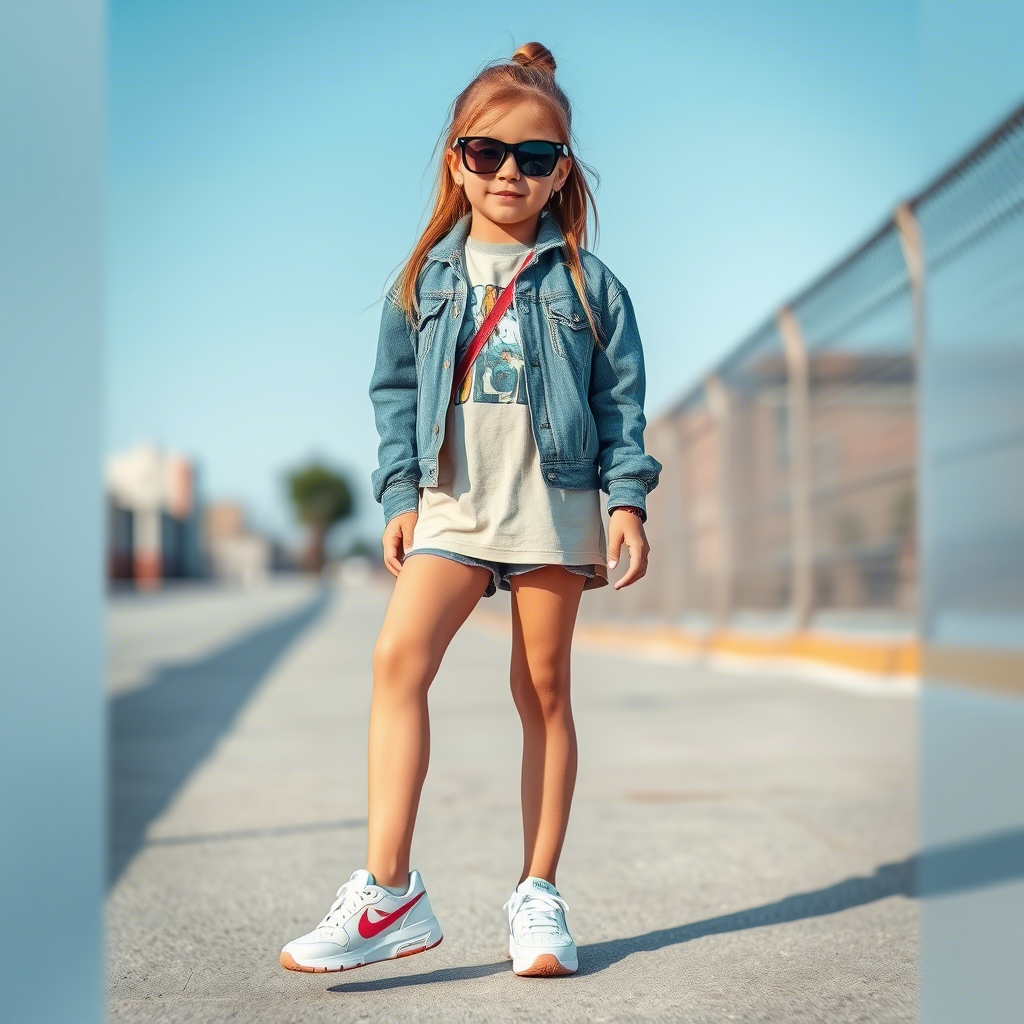Kids Clothing and Apparel for Fashion Brands
The kids’ clothing and apparel market is a rapidly evolving sector within the fashion industry. As parents become more fashion-conscious and willing to invest in their children’s clothing, the demand for stylish, high-quality kids’ apparel has increased significantly. The market is driven by various factors, including changing consumer preferences, the influence of social media, and the growing trend of dressing kids in fashionable clothing. According to a report, the global kids’ wear market size was valued at USD 261.3 billion in 2020 and is expected to grow at a compound annual growth rate (CAGR) of 6.4% from 2021 to 2028.
Understanding the Kids’ Clothing Market
The kids’ clothing market is diverse, with various segments catering to different age groups, from infants to teenagers. Understanding the preferences and needs of these different age groups is crucial for fashion brands.
- Infant and Toddler Wear: Comfort and safety are paramount for this age group. Parents look for soft fabrics, easy-to-change designs, and clothing that meets safety standards.
- Kids’ Fashion Trends: Currently, kids’ fashion is influenced by streetwear and sustainable clothing. Brands that incorporate these trends into their designs are likely to appeal to both kids and their parents.
- Seasonal Variations: Kids’ clothing needs vary by season. For instance, winter collections focus on warm, layered clothing, while summer collections prioritize lightweight, breathable fabrics.
 Fashion brands can capitalize on the trend of kids dressing in stylish outfits by incorporating fun and trendy elements into their designs, such as bright colors and playful patterns.
Fashion brands can capitalize on the trend of kids dressing in stylish outfits by incorporating fun and trendy elements into their designs, such as bright colors and playful patterns.
Designing Kids’ Clothing for Fashion Brands
When designing kids’ clothing, fashion brands must balance style with functionality.
- Comfort and Practicality: Clothing should be comfortable and easy to move around in. Features like adjustable waistbands and soft fabrics can enhance wearability.
- Sustainable Materials: With the growing awareness of environmental issues, using sustainable materials can be a selling point. Brands can explore options like organic cotton and recycled polyester.
- Durability: Kids can be rough on their clothing, so durability is key. Reinforced seams and high-quality fabrics can extend the life of a garment.
Marketing Strategies for Kids’ Clothing
Effective marketing is crucial for the success of kids’ clothing brands.
- Social Media Influence: Platforms like Instagram and TikTok are powerful tools for showcasing kids’ clothing. Brands can collaborate with influencers and create engaging content to attract parents.
- Parental Engagement: Understanding and addressing the concerns of parents, such as sustainability and durability, can help brands build trust and loyalty.
- Seasonal Campaigns: Tailoring marketing campaigns to seasonal needs and holidays can help brands stay relevant and top of mind for parents.
 For more inspiration on stylish kids’ clothing, check out our collection of boys’ coats, which combines fashion with functionality.
For more inspiration on stylish kids’ clothing, check out our collection of boys’ coats, which combines fashion with functionality.
Distribution Channels for Kids’ Clothing
Fashion brands have various distribution channels to reach their target audience.
- E-commerce Platforms: Online shopping is increasingly popular among parents. Brands can leverage e-commerce platforms to reach a wider audience.
- Retail Partnerships: Partnering with retailers can help brands get their products into physical stores, where parents can see and touch the clothing.
- Direct-to-Consumer Sales: Selling directly to consumers through brand-owned stores or websites allows brands to control the customer experience and build brand loyalty.
Quality and Safety Standards
Ensuring that kids’ clothing meets quality and safety standards is paramount.
- Material Safety: Clothing should be made from materials that are safe for children’s sensitive skin.
- Compliance with Regulations: Brands must comply with local and international regulations regarding kids’ clothing, including those related to choking hazards and flammability.
- Quality Control: Implementing rigorous quality control measures can help prevent defects and ensure customer satisfaction.
 For fashion brands looking to expand their kids’ clothing line, exploring different product categories, such as girls’ dresses, can be a great strategy.
For fashion brands looking to expand their kids’ clothing line, exploring different product categories, such as girls’ dresses, can be a great strategy.
Conclusion
The kids’ clothing and apparel market offers significant opportunities for fashion brands willing to invest in understanding consumer preferences and trends. By focusing on comfort, sustainability, and style, brands can create clothing that appeals to both kids and their parents. Effective marketing and distribution strategies, combined with a commitment to quality and safety, are key to success in this competitive market. As the market continues to evolve, brands that stay attuned to changing consumer needs and preferences will be well-positioned for growth.

Comments